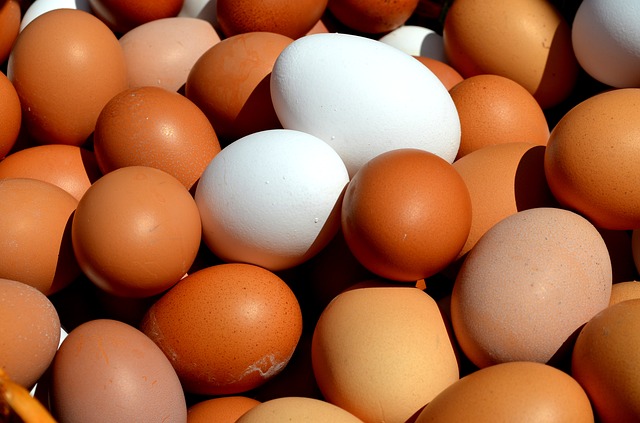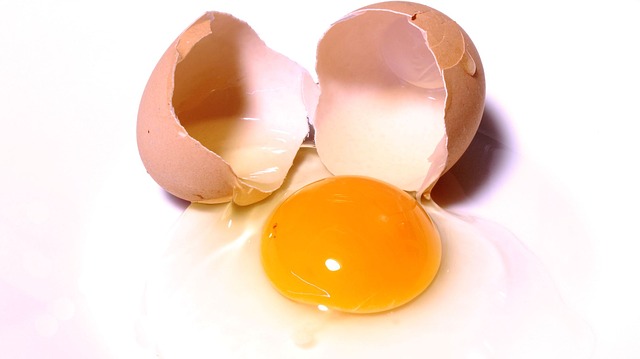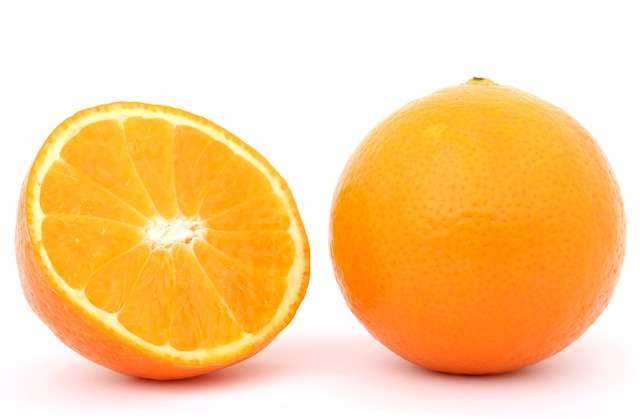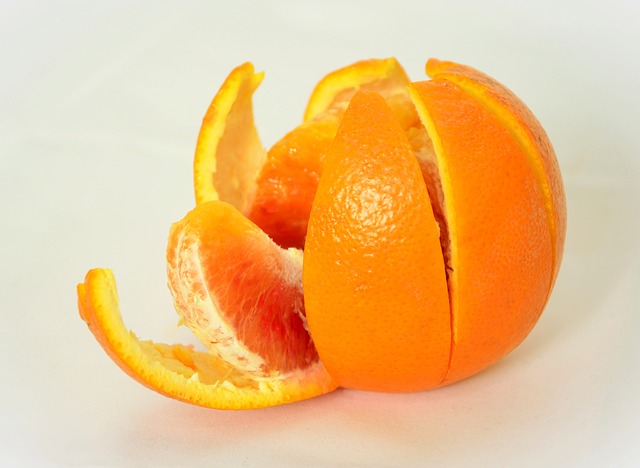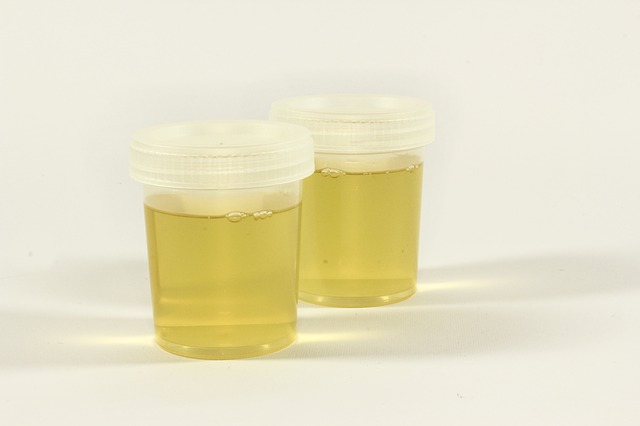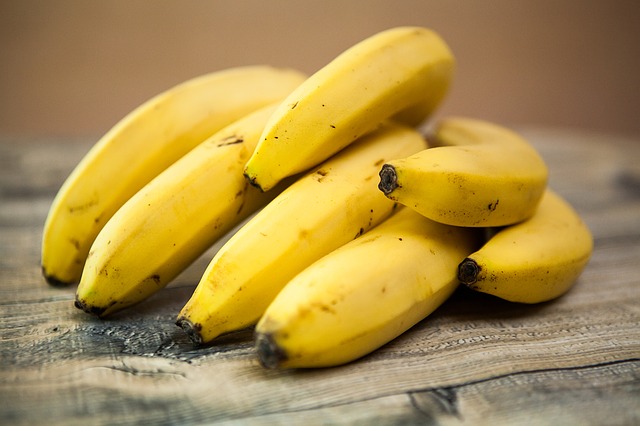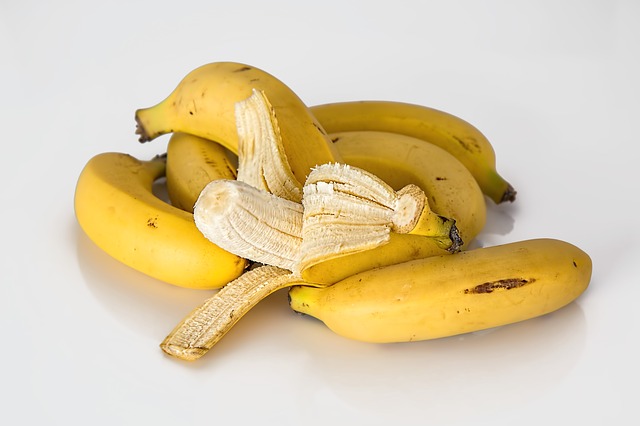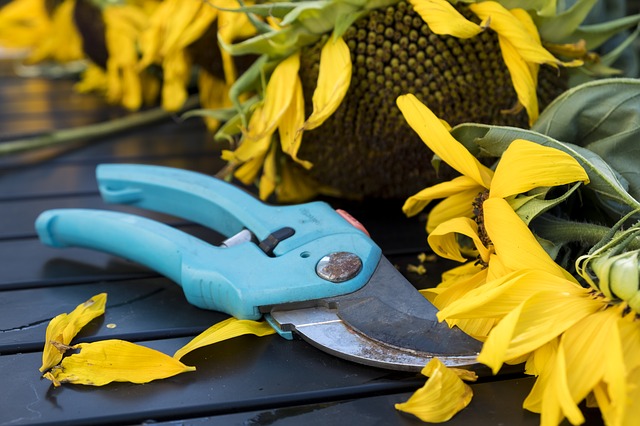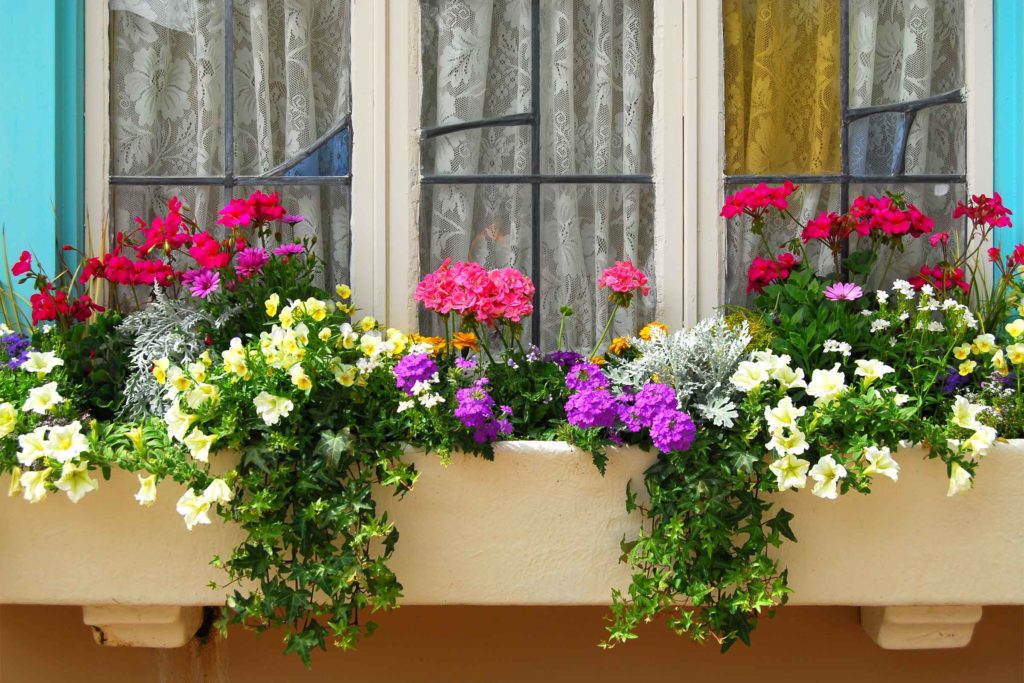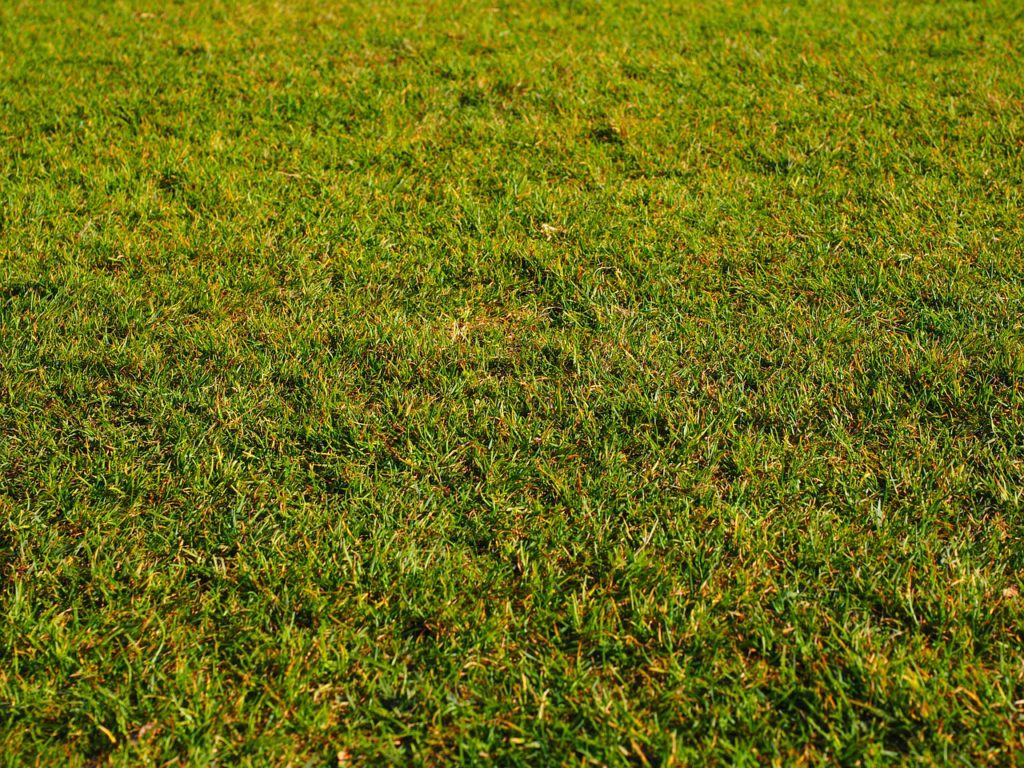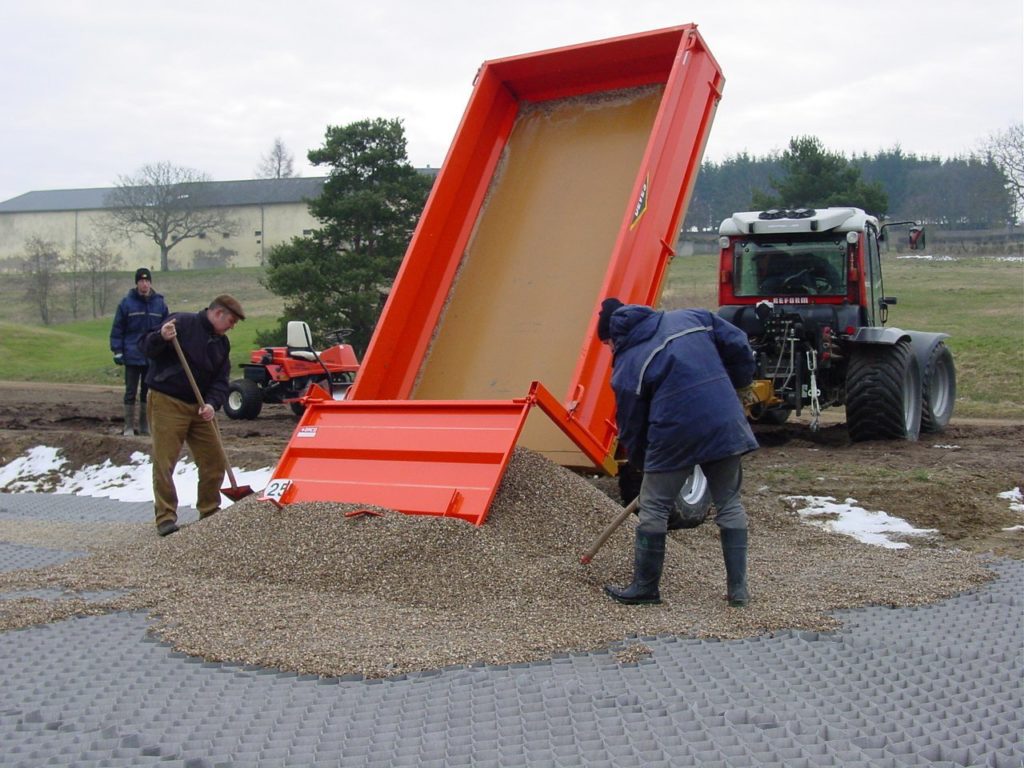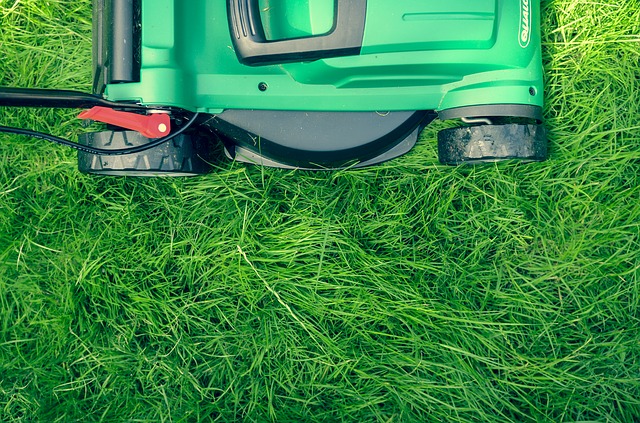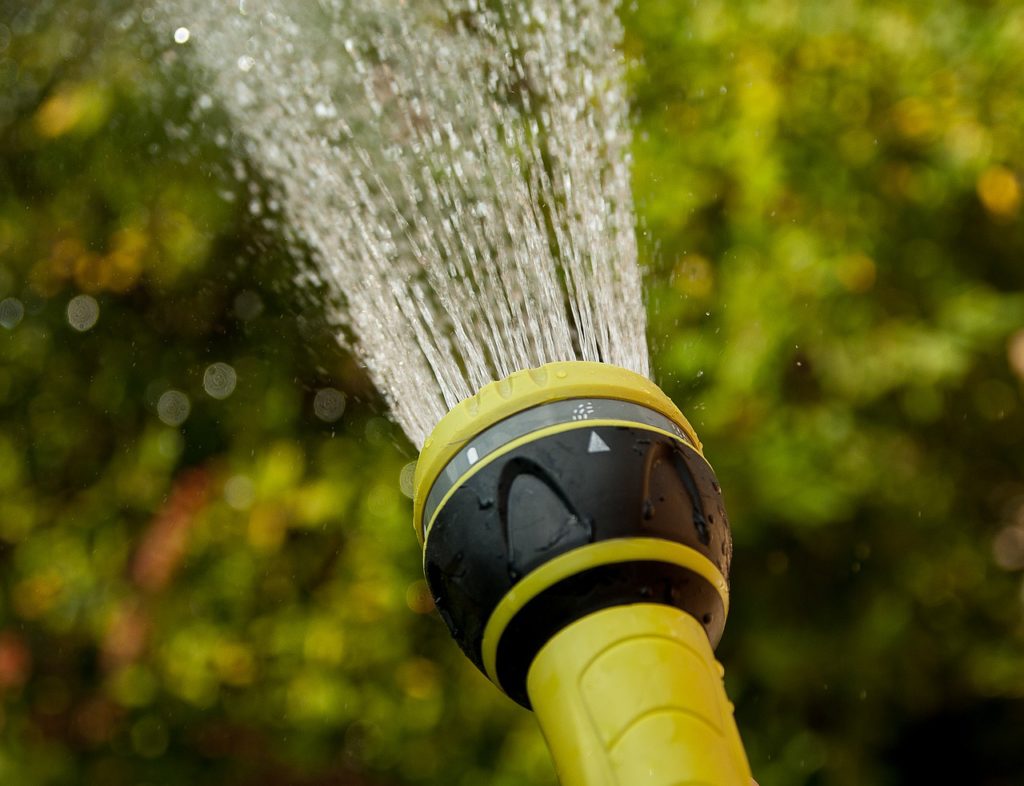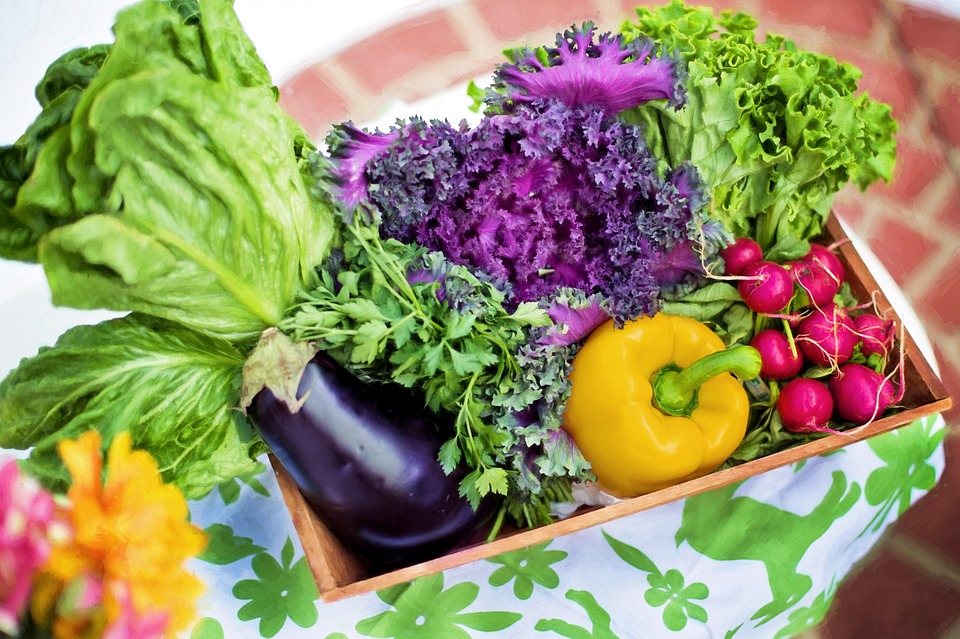
After being cooped up all winter, you may be dreaming about harvesting from a lush summer garden. But before you get there, there’s a lot of work to be done to get the garden ready. Spring garden prep can be intimidating, especially if your garden beds have been left to the weeds all winter. Get started on these tasks as soon as the soil warms in spring so you have a head start on your summer’s bounty.
Remove Weeds
If your garden is overgrown with grass and weeds or you’re prepping a new garden plot, you’ll need to clean up the beds to create a clean surface for planting. Flowers, vegetables, and other garden plants don’t like to compete with weeds, especially when they’re young and vulnerable.
If working an existing garden space, remove weeds by hoeing and hand-pulling. If you don’t intend to plant for a month or more, you can passively kill weeds by laying a heavy, dark tarp over it for several weeks. Weigh down the edges of the tarp so light and air can’t get in; eventually, weeds will die and decompose due to the heat and absence of light.
Add Amendments
Once your garden soil is weed-free, it’s ready for amendments. However, you shouldn’t heap compost, manure, or other garden amendments haphazardly. Not only is buying unnecessary garden amendments bad for your wallet, but excess nutrients and even cause soil can harm your plants and pollute local waterways.
Ensure a productive season by getting your soil tested before adding anything. You may end up finding out you have a soil deficiency. Most soil tests cost less than $50. You can find out where to send your soil for testing by contacting your local extension office.
Turn On Irrigation
Your new plants will need water as soon as they hit the ground, which means your irrigation system needs to be up and running before you plant. If you had your sprinkler or drip irrigation system blown out and shut off in the fall, call your irrigation company to have them turn it back on.
You can also turn it on yourself. (Click Here for instructions.) If you have a drip irrigation, open the end of each drip line to flush out debris before closing them and inspecting for leaks. If you’re creating a new garden you’ll want to add a new irrigation system. Ready-made drip irrigation kits are a popular solution for home gardeners, and some types of drip irrigation can be buried if you prefer something that’s out of sight.
Choose Plants
A garden can be many things. Perhaps you envision a lush landscape of native plants, you want to grow your family’s summer vegetables, or you’re planning a full season of vibrant flower blooms. No matter which type of garden you’d like, selecting plants is easily the most exciting part.
Start by deciding if you’ll transplant seedlings or sow seeds directly into the soil. Transplanting is easier because the plants are past their youngest, most vulnerable stage by the time you plant them. However, buying transplants is more expensive than buying seed packets.
If you opt for direct sowing, spend an afternoon browsing through your favorite seed catalogs. If you intend to transplant, look around your local garden stores for plants that pique your interest. Either way, make sure you’re familiar with any plants you select, especially if you have pets.
Some plants are poisonous to cats and dogs, so it’s important that pet owners only purchase pet-safe plants. If something catches your eye that you’re unfamiliar with, research before buying to ensure it’s safe.
Everyone loves a gorgeous garden, but you don’t get there without a little bit of elbow grease. Although it seems like a lot of work now, it won’t take long to get your garden weed-free, fertile, and ready for spring planting. Give yourself one or two weekends to get these jobs done, and don’t forget to schedule time for garden maintenance throughout the season.
Start Shopping for Gardening Supplies!
The Best Places To Find Free Composting Materials
Many people are interested in composting but feel like they don’t have access to enough organic materials. Luckily there are a range of places you can find free composting materials to get started or make your current pile bigger. Here are some of the best and easiest...
What Not To Compost
Composting has many excellent benefits. It allows you to recycle organic material which can then be used to help to enhance your soil. And of course, it’s an environmentally friendly way to reduce trash. But before you get started you’ll need to know what not to...
How To Build A Vegetable Garden That Is Both Tasty And Attractive
A healthy vegetable garden can provide you with hours of stress-busting, mental health-boosting fun and give you and your family healthy, organic produce to eat for months. If you have even a few square feet of yard space, planting a vegetable garden is easy and...
Using Eggs Shells In The Compost
There are many food scraps that people use in their compost. However, there is one that is often overlooked. Using egg shells in compost is not just a great way to help reduce waste but also boosts the nutrient content of the soil you are creating for your plants....
Using Egg Shells In The Garden
Once you learn how you can use egg shells in the garden you won’t just think about eggs solely as food. Their shells are a free way to add to the health of your soil and plants, but they also have quite a few other helpful benefits as well. Here are the best ways to...
Using Orange Peels In The Garden
Oranges are a healthy snack and ingredient but you’re most likely wasting one of the most beneficial parts, the peel. While we can’t eat them, using orange peels in the garden has many surprising advantages. Here are the top ways you can put your peels to work....
Can You Compost Orange Peels?
If you’ve ever wondered, "can you compost orange peels?" the answer is yes. Although there are a few things you should know when doing so. So here’s your fast guide! Composting Basics When composting, you’ll need to include a mix of both carbon and nitrogen-rich...
Using Urine As Fertilizer
While urine is waste, it also contains nutrients that our bodies can’t use. But your garden can! Using urine as fertilizer is free and as organic as it gets! Here’s what you’ll need to know when thinking about using it. There have actually been multiple studies that...
The Urine-Compost Connection
Composting is all about re-using organic materials. And like the majority of us, you probably have been flushing away one of the most natural ways of all to condition your compost. By adding urine compost can be given a huge boost and that is passed on to whatever...
Using Banana Peels In Compost
Can you put banana peels in compost? You bet you can! While bananas offer us some extremely important nutritional benefits that help us to stay healthy, their peels can be used to add to the health of your compost pile as well. Bananas are one of the most popular...
Using Banana Peels In The Garden
Bananas are both delicious and healthy. And you may have wondered after finishing your morning shake or afternoon snack whether those peels you’ve been throwing away for years could be used for other things. What can you do with banana peels? It turns out quite a lot,...
Common Gardening Injuries And How to Avoid Them
While gardening isn’t necessarily the most dangerous pastime one can think of, injuries do occur. Recent data suggests that in the US alone, over 300,000 gardening injuries occur annually. So whether you are a seasoned gardener or are just beginning, it’s important to...
Just Moved? How To Safely Transport Your Plants Into Your New Garden
It can take years of planting and care to create a magnificent garden. That’s why the prospect of relocating or moving houses can induce anxiety in gardeners. Whether you plant ornamentals, or if you grow your own vegetables, having to start over can be a daunting...
Filling Those Window Boxes: Flower Species That Thrive With Container Gardening
Those traditional window boxes overflowing with flowers may remind you of summer cottages or childhood dreams. This particular feature is one that you want at your home all year-round. Container gardening for window boxes takes a certain flair for picking out the...
Why You’ll Want To Revamp Your Garden with Artificial Grass
Installing an artificial lawn is an easy and attractive way to improve and revamp your garden. This is because an artificial lawn is like a real lawn, only much better! Artificial grass has been developed to such a high-quality standard that it looks and feels as...
The Best Grass Types For Creating A Drought Tolerant Lawn
Many of us live in dry and arid places. There are many locations around the world that unfortunately for your lawn don’t get much rain throughout the year. For people who live in these places, a green, healthy-looking lawn can seem impossible to have and maintain....
Garden Drainage: How to Avoid a Waterlogged Garden & Patio
Many locations around the world get a lot of rain. With an average of 33 inches of rain per year, this is especially true in the U.K. where it is rare for a day to pass that it is not raining somewhere. Regardless of where you live this can lead to problems with...
Easy Lawn Care? Experts Say It’s Possible With These Tips!
There's no way around it: If you want a lush lawn, you have to work for it. That entails putting in a lot of time, effort, and yes, money. And even if you are hiring experts in lawn care, you will still need to shoulder some of the responsibilities involved. That does...
Water-Wise Landscaping: Avoid Cultivating These Types Of Plants
Water is one of the primary needs of all plants. They need to receive the right amount of hydration to grow and thrive properly. You can ensure your plants get the hydration they need by watering them regularly using a garden hose or watering can, or by having a...
Starting A Vegetable Garden: Motivational Tips For Beginners
Back in the day, our ancestors did not have to go very far to buy vegetables, they just had to step out in their garden and pick up free, fresh veggies. Unfortunately, over generations, most of us have lost touch with our natural gardening instincts due to the busy...








